It’s a topic I’ve stumbled across again and again in the past. Be it on social media or in emails to me: again and again people ask after a new purchase of the Philips Hue Play HDMI Sync Box and a Gradient Light Strip why the apps on their TV are not compatible.
Hueblog reader Tony fortunately asked this question before making the purchase. In the community he asks, among other things, about the compatibility of various Telekom Magenta receivers and concludes by asking this question:
When I watch something directly on my Android TV via an app, dynamic colouring is not possible because the signal does not pass through the Sync Box? Is this correct or is there a workaround here?
In principle, his assumption is completely correct. The HDMI Sync Box can only read out picture signals that are sent through it from external sources to the television. Whether this is a Magenta receiver, an Apple TV, a Bluray player or the Sky receiver, it makes absolutely no difference.
Hue Essentials runs on Android TV
If your TV is equipped with Android TV, there is indeed a solution for the internal TV applications, but I would still speak of beta status here. The app Hue Essentials, known from smartphones, can also be installed on Android TV and can provide a Hue Entertainment area with colour information. In this case, a Sync Box would not be necessary at all.
However, it does not work with the signal of the internal tuner and protected content from apps such as Netflix and the like cannot be read out. So in the end, the possibilities are quite limited.
Other providers rely on camera technology
If you are not fixated on Philips Hue, there are several other solutions on the market that rely on a camera to capture the image signal. Govee Envisual TV Backlight T2 is quite inexpensive; here you pay around 150 euros for a complete kit consisting of a camera and light strips. The big disadvantage: a clearly visible camera hangs above your TV and is pointed at the screen.
[amazon box=”B0BD5B2T6D”]
Today, Nanoleaf, another renowned manufacturer, has presented a very similar solution: The Nanoleaf 4D Starter Kit. The camera is installed on the top or bottom of the TV, while the light strip is attached using the snap-on clips and adhesive strips provided. Nanoleaf’s new Sync+ technology not only enables screen mirroring of the TV, but also synchronises all Nanoleaf lighting products with each other.
The Nanoleaf 4D TV Starter Kit will be launched in the second quarter of 2023 and will be available with a light strip in two lengths: 3.8 metres and 5 metres. Exact prices are not yet known.
TVs with real Ambilight
If the lighting behind the TV is particularly important to you, no matter what content is being watched, a Philips TV with Ambilight would be my first choice.
Here, too, there is a big “but”: the Philips TVs (TP Vision) and the Hue lighting (Signify) come from two separately operating companies that seem to have made it their goal not to cooperate very closely with each other. In my opinion, the Ambilight+Hue function is anything but fully developed; among other things, gradient products are not properly supported and there are also some other problems.
However, if the lighting on the TV is enough for you, there is nothing better in my opinion – because with Ambilight you don’t have to worry about sources, protected content or external accessories.


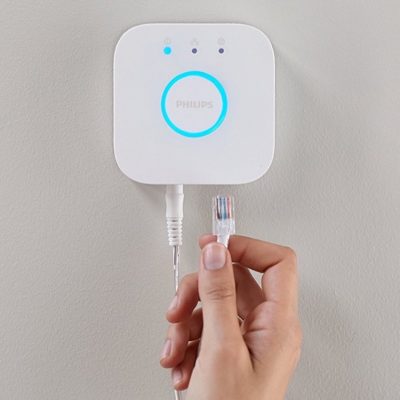

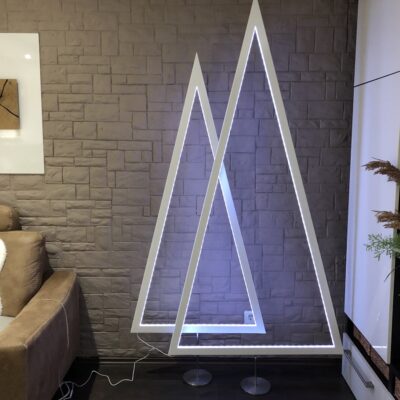
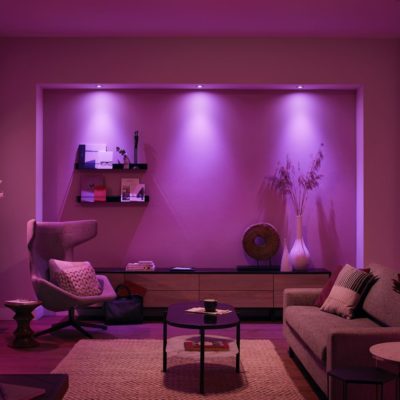

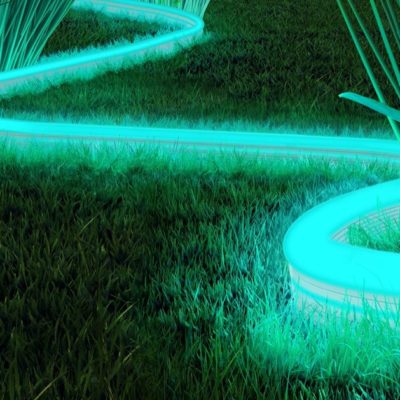
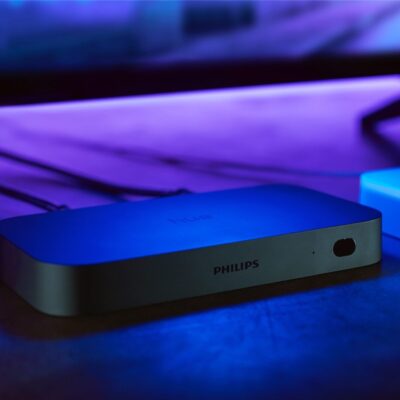

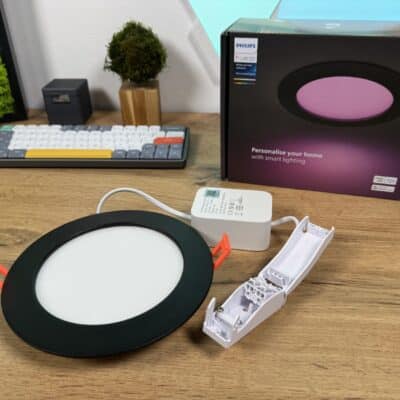

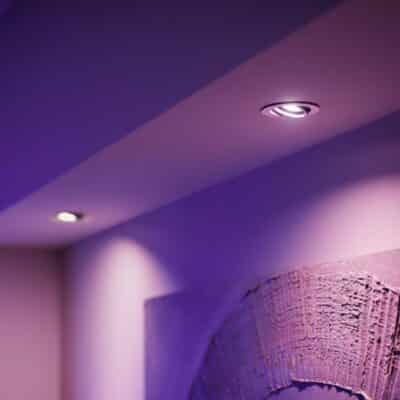


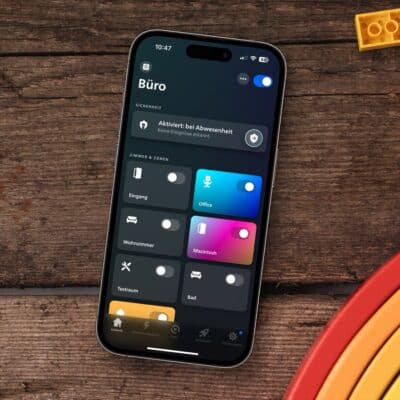
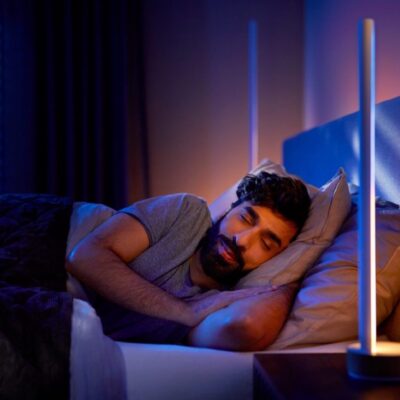
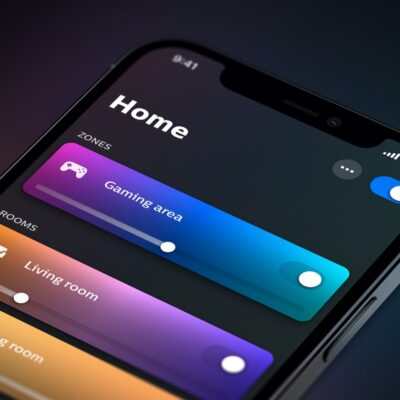



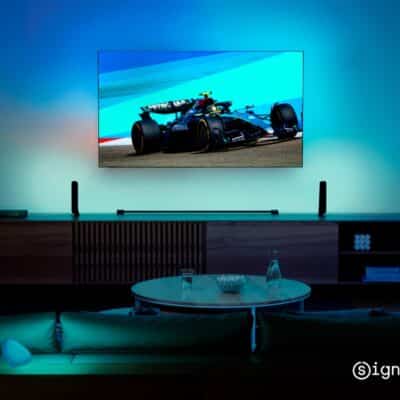
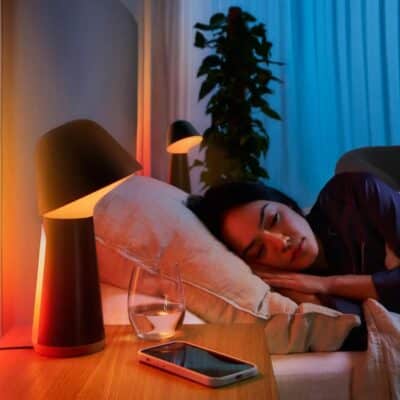
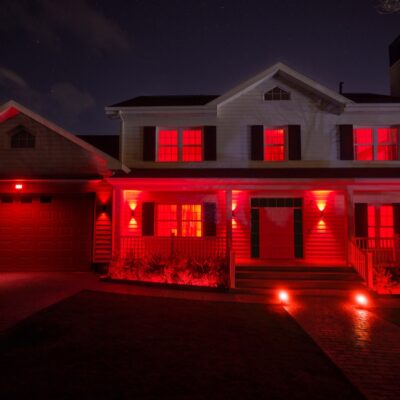
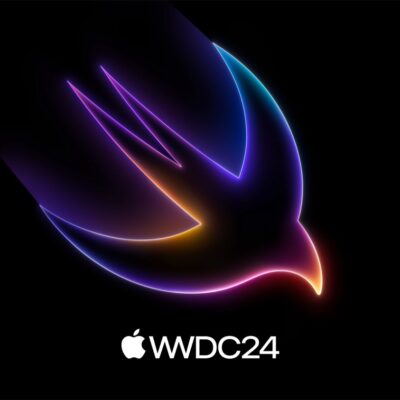
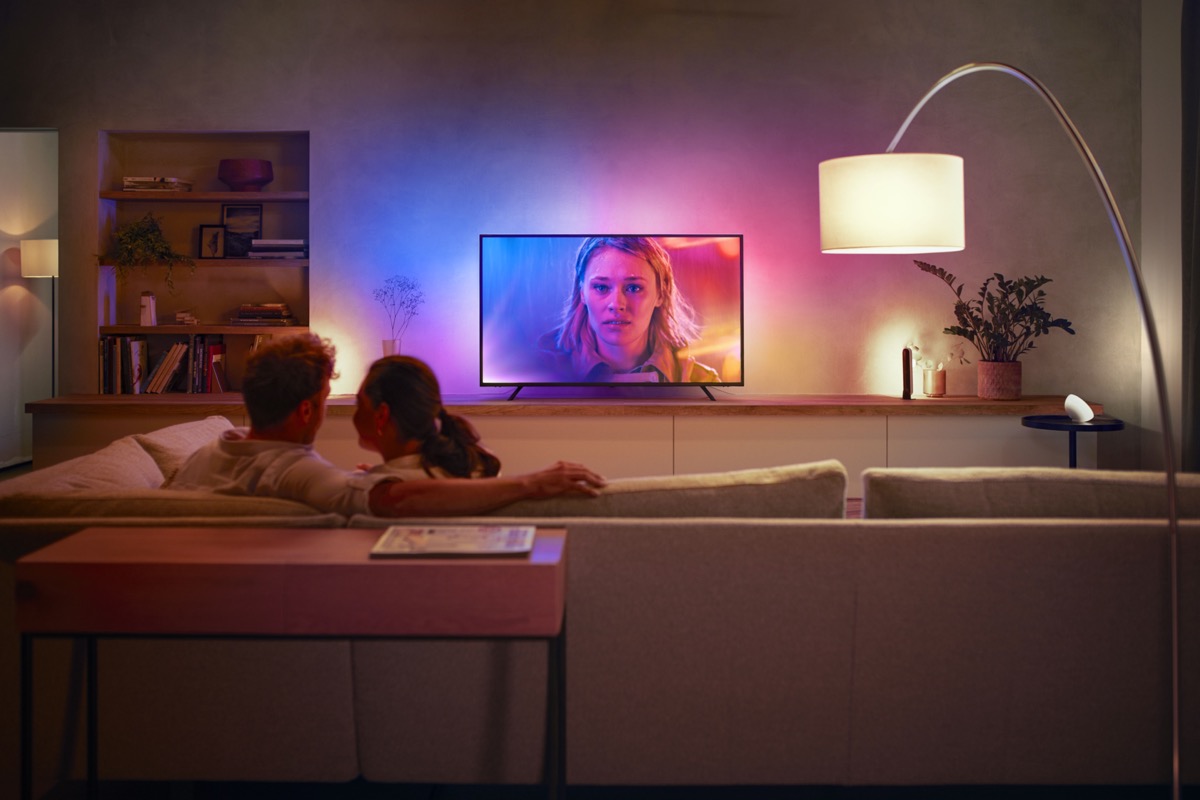
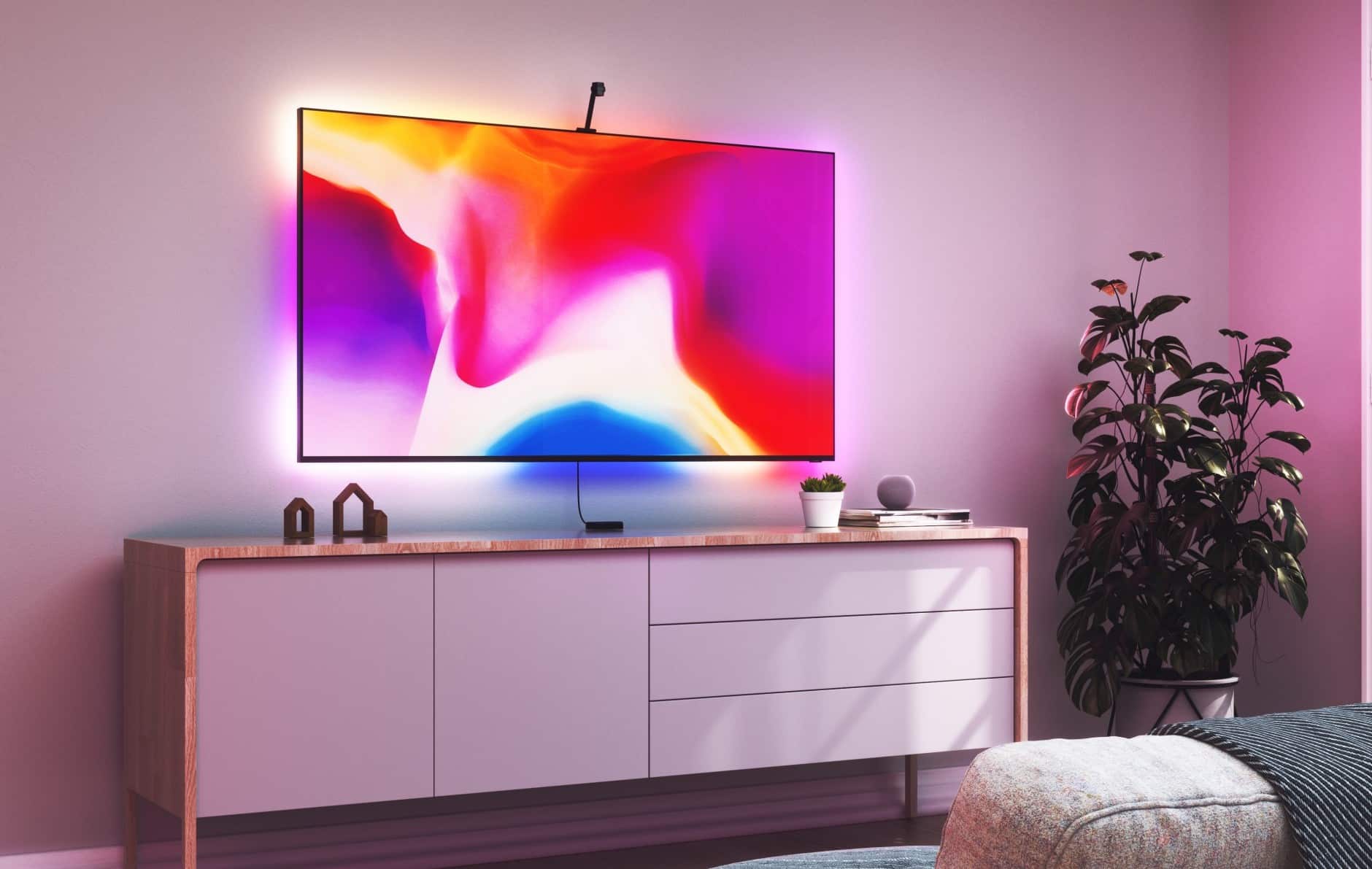
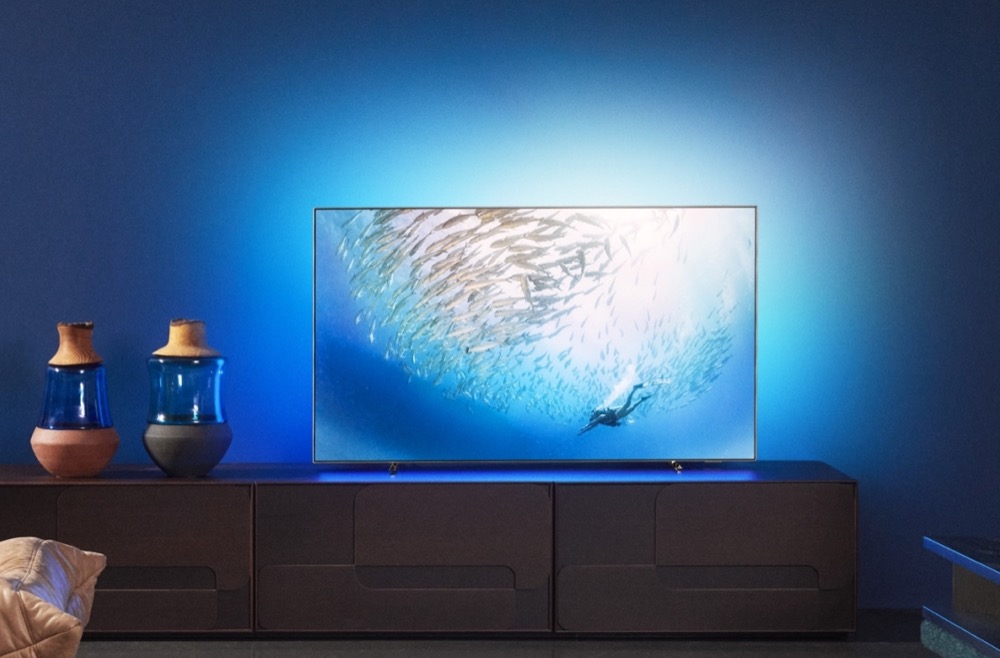
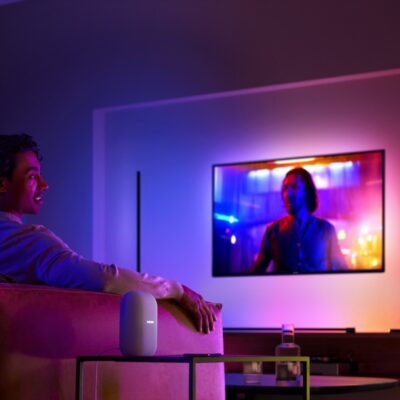
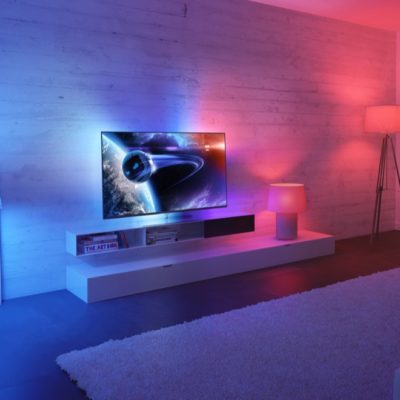
Honestly, I would recommend to avoid smart TVs altogether.
TV manufacturers are always looking for ways to add features as cheaply as possible, and only consider these features as bullet points in shops sales specs sheets, not as actual commitment of code to maintain, fix, and improve.
Because of that, expect these to be a major security issue going forward. A device connected to the Internet and to your local network will always be the target to be used as a bridge to get access to devices on the other side of your router/firewall on their less protected local network interface (imagine families sharing files between PCs with no password because it’s on the LAN only.
Connecting what are essentially tiny computers to the Internet, with software barely good enough to work, isn’t viable in the long term when attackers are looking for ways to get control over a device connected to your local network.
I’d strongly discourage connecting a TV to your network, buy dumb screens with HDMI/DisplayPort inputs only. Rely on an external device from a manufacturer that is committed to security and updating their software, or even a full mini-computer, for your apps.
Tell Signify, Philips and TpVision to develop a new software for gradient products works with Philips Ambilight+Hue TV. We spent money for gradient light tubes and they works as a regulae light with Philips Ambilight TV’s